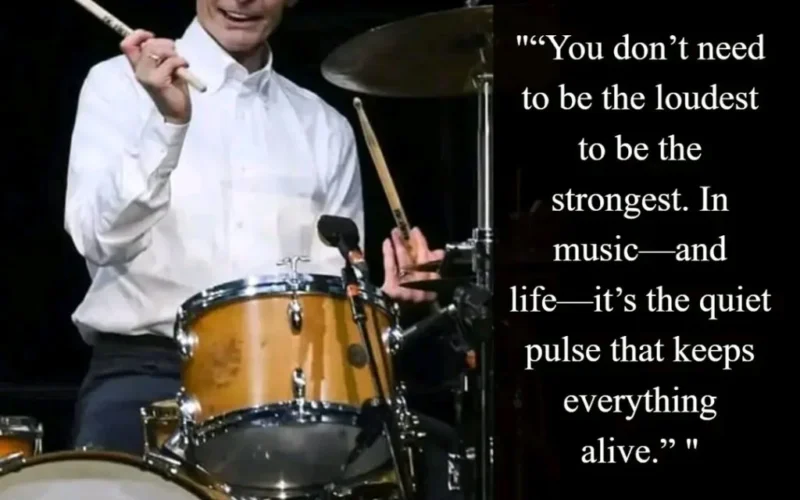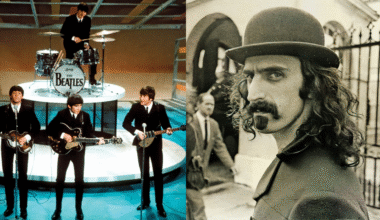Charlie Watts wasn’t the loudest, the flashiest, or the most talked-about member of The Rolling Stones—but for nearly sixty years, he was their unshakable foundation. From the band’s earliest gigs in smoky London clubs to stadium tours that spanned the globe, Watts sat behind the kit with quiet command—his every beat a study in subtle brilliance.
Born in 1941, Watts brought a jazz musician’s sensibility to a rock and roll band infamous for its swagger and spectacle. On tracks like “Paint It Black” and “Gimme Shelter,” his drumming didn’t shout—it grooved. With crisp hi-hats, deft snare work, and a perfectly placed kick drum, Watts showed the world that restraint could be revolutionary. He never overplayed. He simply gave the music exactly what it needed—and nothing more.
While Mick Jagger strutted and Keith Richards snarled, Charlie Watts stayed still, often barely cracking a smile. And yet, his presence anchored the chaos. He was the eye of the Rolling Stones hurricane, exuding timeless style in tailored suits and exuding calm authority with every downbeat. His sense of rhythm came from jazz, his discipline from years of dedication, and his elegance from simply being Charlie.
Offstage, Watts was refreshingly grounded. He remained devoted to his wife Shirley, whom he married in 1964, and largely shunned the excesses of rock stardom. His true passion was jazz—he frequently played in small jazz ensembles when not touring with the Stones, showcasing his first love and deep musical roots.
Charlie Watts passed away in 2021 at the age of 80, and the loss sent ripples through the music world. He wasn’t just a rock drummer—he was a drummer’s drummer, admired across genres for his taste, feel, and integrity. His legacy is more than a discography—it’s a reminder that the most powerful force in music isn’t always the loudest. Sometimes, it’s the steady hand keeping time in the background, shaping everything around it.






